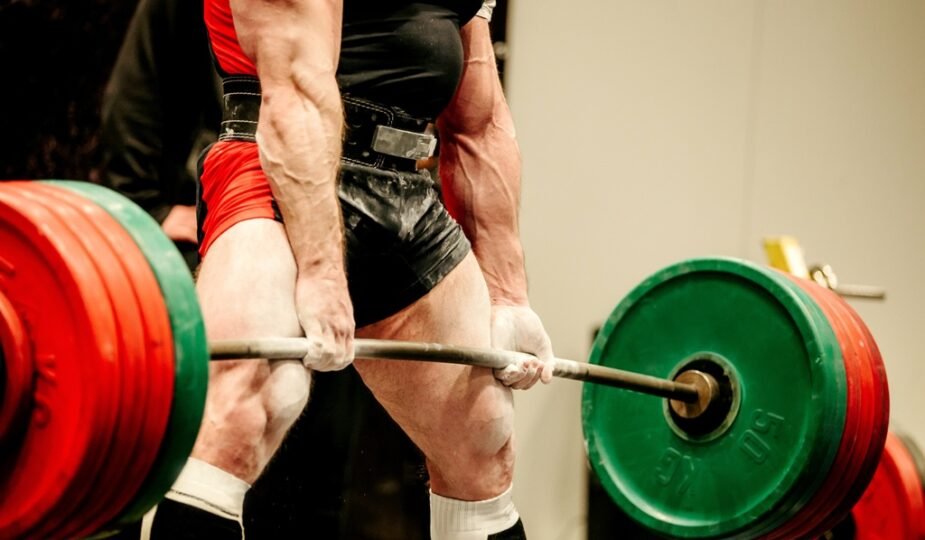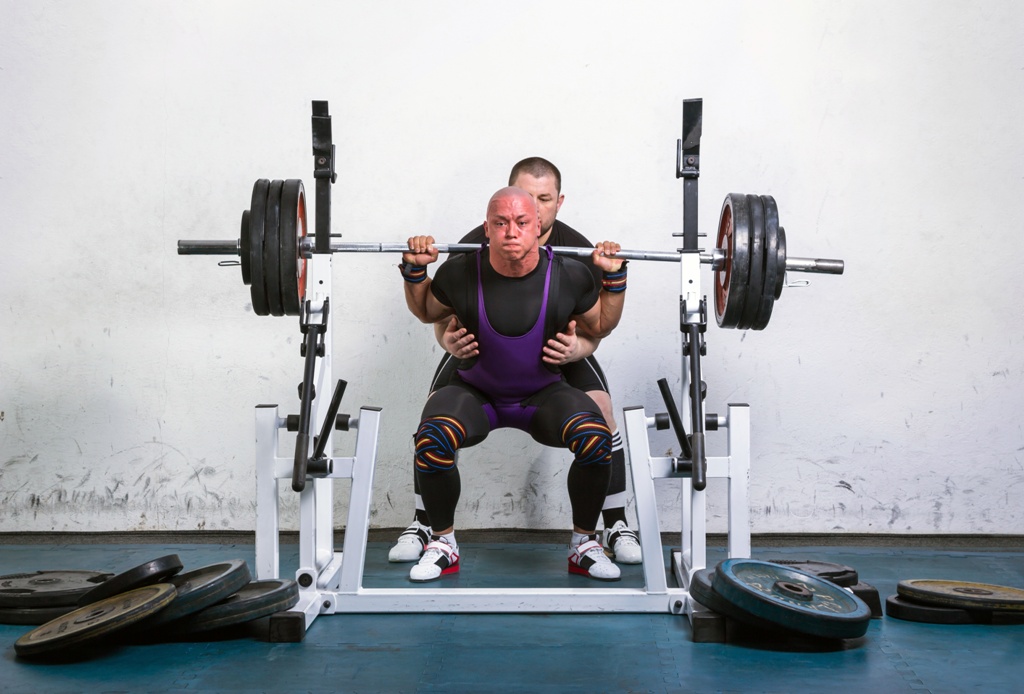
How To Safely Practice Power Lifting
Most people mistake powerlifting for weight training, even though they are very different from each other. While a weight trainer will focus on diets and exercises that allow you to lose weight, powerlifter diets and exercises are for increasing strength, stamina, and overall energy for endurance.
This is why there are just three exercises a weight lifter focuses on: the squat, the bench press, and the deadlifts.
However, due to the type of the equipment involved in powerlifting, many trainers leave power training with more injuries than anticipated. This is why it’s a must to learn first how to stay safe before training for powerlifting. Here are some tips on how to stay safe when practicing powerlifting.
1. Have A Training Guide
One of the biggest mistakes you can make is to assume that you can go into powerlifting without gathering enough information. Most people assume that all that is needed in powerlifting is simply carrying heavy things. As a novice, doing this can quickly lead to an injury.
This is why it’s better to start training with a training guide. A trained professional knows what equipment you can start with and guides you through the process safetly until you can train on your own.
Besides, powerlifting requires certain training to learn how to properly grab, hold, stand, and squat. This is why it’s recommended for someone who is starting powerlifting to consult a training guide on how to start the whole process of powerlifting.
Most strength training guide will take you from the basic information on how to observe proper diet, what to wear, how to use gym equipment, different squat positions and when to use them, and prevent accidents that can result to injuries.
2. Follow A Training Schedule
Due to a variety of reasons, you might be tempted to do powerlifting only when you feelm like it. You might go once a week after going four times the previous week. This is a mistake – because an irregular training schedule might not generate the results you initially started with.
As with most things, consistency is key. One way to ensure that you remain consistent while training is to create a training schedule before you start training. Your trainer can help with this. You can create a schedule that will allow for three to four days per week. You can use the remaining days to rest and heal before hitting the gym again.

3. Rest
The next thing you should add into your powerlifting schedule is the opportunity for your body to recover from each training exercise you go through. Most people plan their schedules in such a way that there is little or no time for resting. As much as you want to meet your goals in a short period of time, it’s not advisable to power lift every day for long hours.
This will not only make your body weak, which is not safe at all; it can potentially result in an injury. This is why resting is required and mandatory breaks from powerlifting are recommended. Resting allows your body to heal before the next schedule.
More so, when you’re a beginner, remember that you should never attempt to lift too much weight at one time. Never start lifting too heavy weight because this can cause an injury. It’s better to start light and work your way up gradually. Don’t expect to be able to do 100 reps in one day because this is not possible.
4. Know Your Limits
Another important thing you need to learn is that different weight ranges for powerlifters also determine what they lift. If you don’t know this, you may end up making some fundamental and potentially dangerous decisions as to what weight option you belong to.
There are different limits and categories among powerlifters. These limits can either determined by weight classes with Men ranging from 52 kg, 56 kg, 60 kg, 67.5 kg, 75 kg, 82.5 kg, 90 kg, 100 kg, 110 kg, 125 kg, 140 kg, 140 kg. While women weight ranges are from 44 kg, 48 kg, 52 kg, 56 kg, 60 kg, 67.5 kg, 75 kg, 82.5 kg, 90 kg, 90 kg+.
Your age can also determine what category you are in. The sub-junior age categorically is between 15-18, the junior age range falls between 19-23, while 40years and above falls into the master’s category.
You must note this and make a careful choice to attempt the weights that best suit your age and weight class. This ensures that you don’t carry more than what is safe when powerlifting.
You’ll also need to observe the signs your body is giving you. These signs include continuous fatigue, body pain and soreness, injuries, irritability, and other unpleasant changes. Once you start feeling any of these signs, you should know that you are beginning to exceed your limit and that powerlifting is no longer safe for you.
5. Do Periodic Massaging
Massage is a stress reduction therapy that has been in practice for years. It involves rubbing, pressing, and sometimes the manipulation of muscles with other soft tissues using the hands, elbows, feet, forearms, or more recently, a massager. A massager is a machine that effectively massages the body, forearms, elbows, hands, and fingers to relieve pain and provides comfort.
The process of massaging itself may be painful depending on the techniques used and the part of the body being massaged, but the result of it is a pain-free, relaxed feeling that makes the whole process worth it.
As a powerlifter, you’ll have to go for periodic massages. Pay special attention to body parts that you often use for squatting (your back) and deadlifts (your hands and joints).
Going for massage therapy is best planned between your powerlifting schedule, so you won’t wear out and have accumulated stress-related injuries. The kind that timely consistent massage session would have prevented.
Final Thoughts
Powerlifting is one major exercise that most people shy away from because of the fear of unintended injuries sustained from engaging in it. However, powerlifting has many rewards that make it beneficial for most people who do it.
For a person that wants to know how to lift weights safely, it is a big responsibility, and not something you can do overnight. It takes a lot of hard work, dedication, determination, and above all, discipline. You need to understand what you are doing, know when to quit, and that the weight lifting is something you will have to be committed to, not just something you want to do just for the sake of it.
So, start with a minimal number of repetitions. It is best to start slow, with a weight appropriate for your current level of fitness. Take your time, and don’t be tempted to rush through it. Remember, you should be taking small incremental steps towards your goal.









